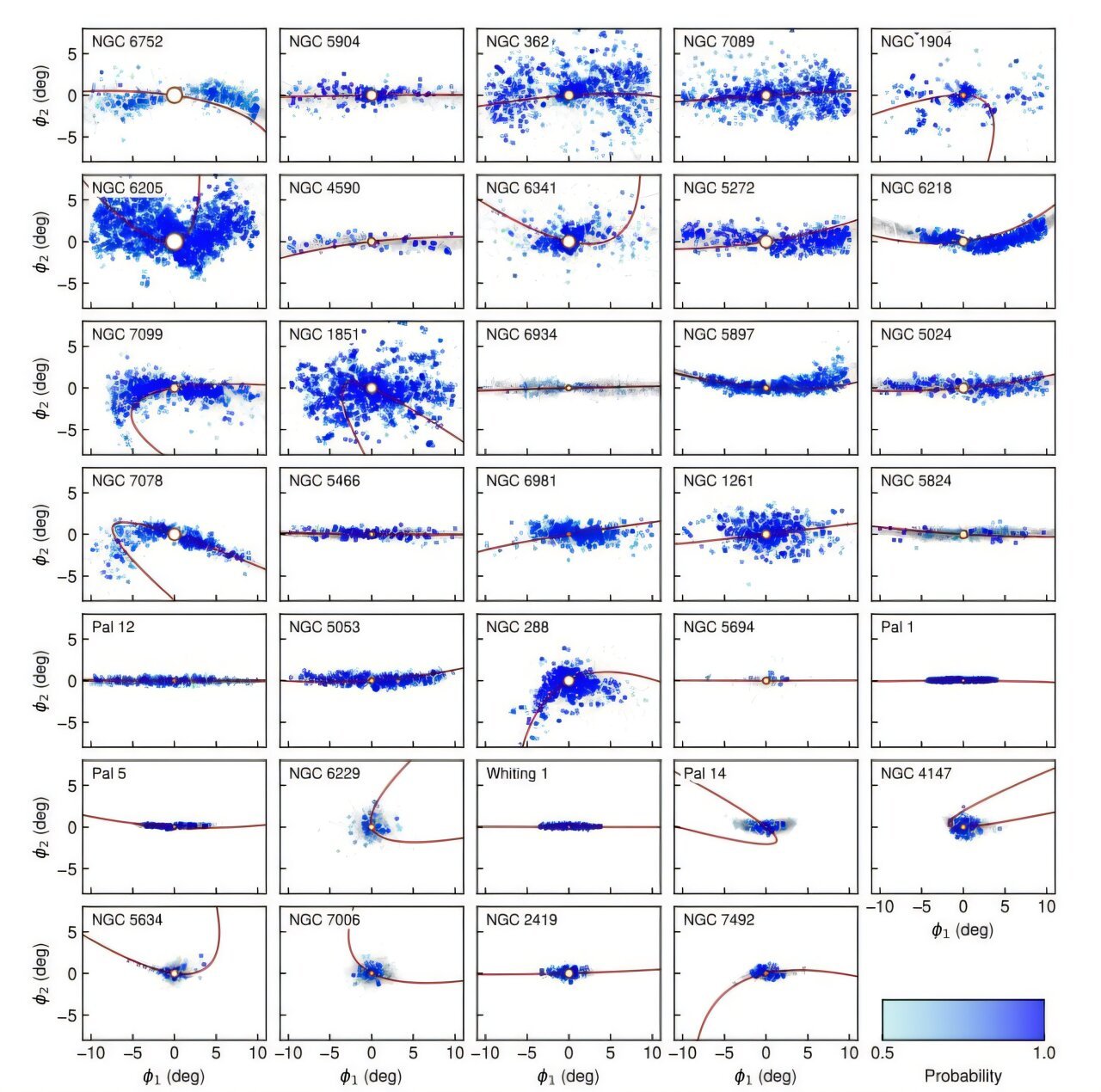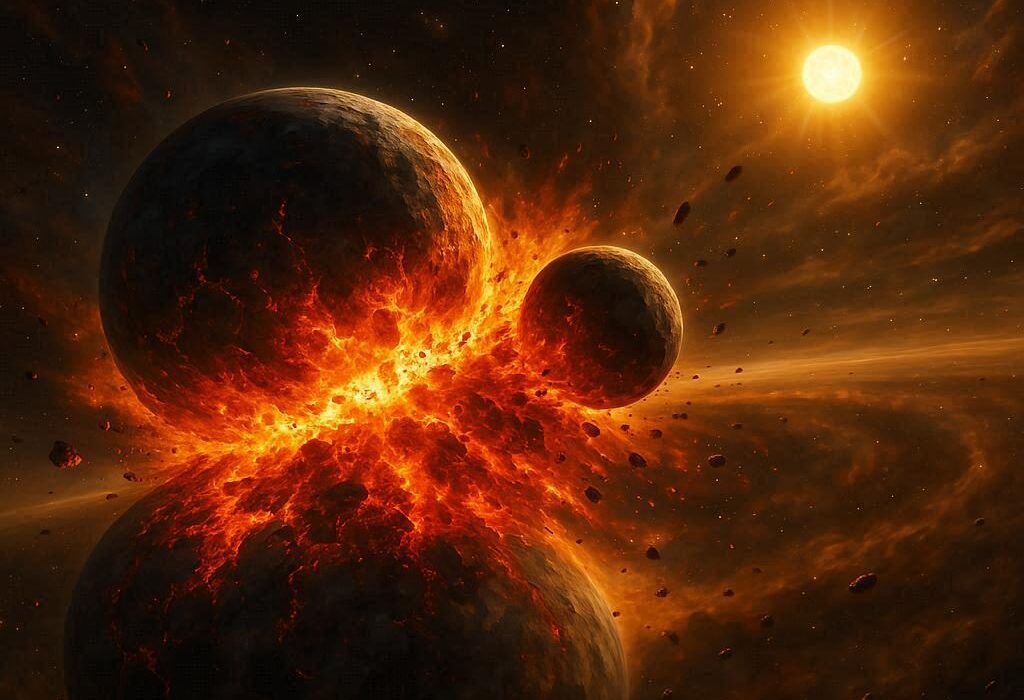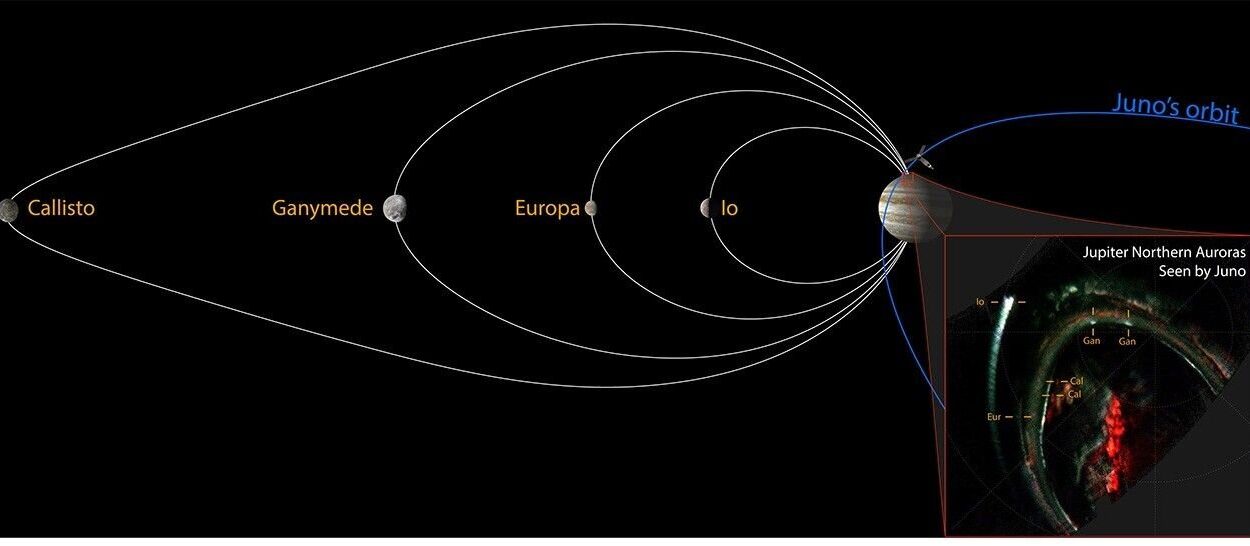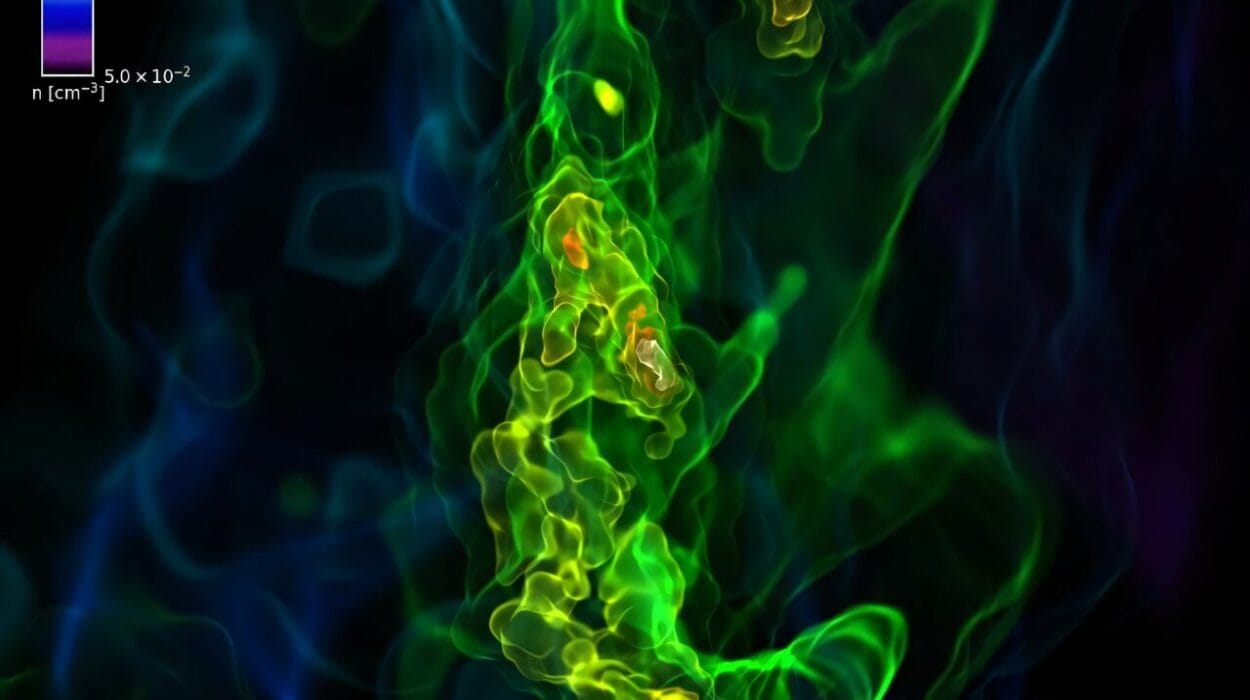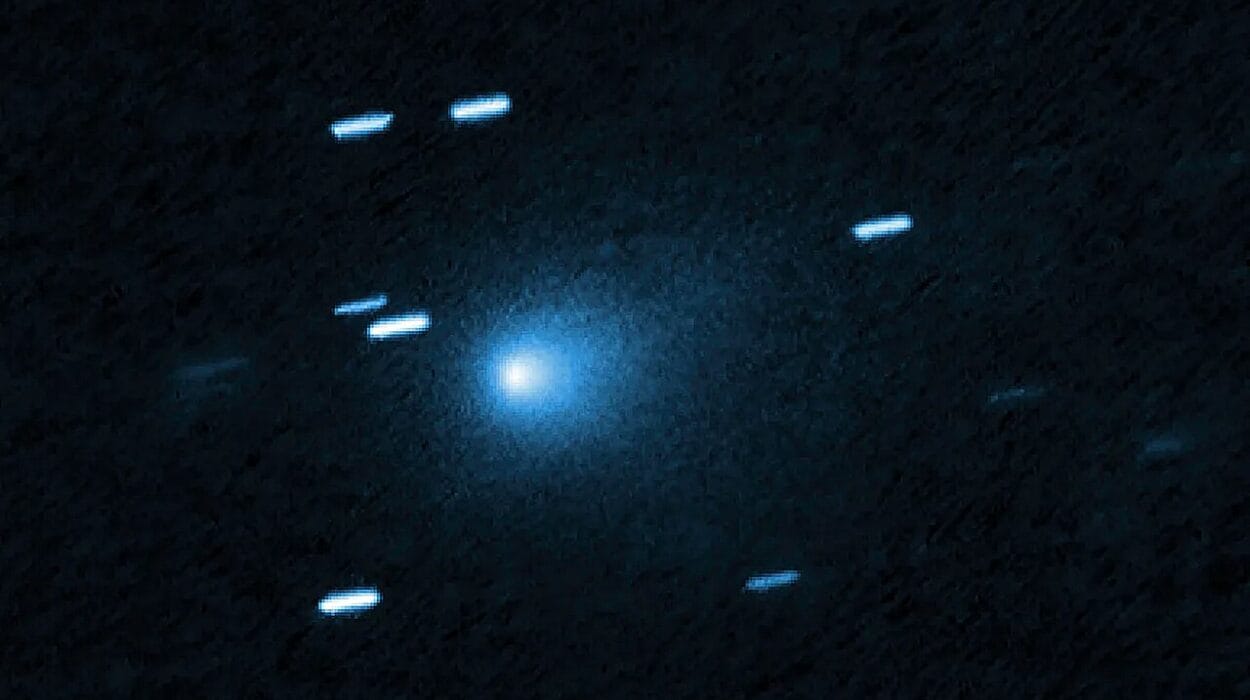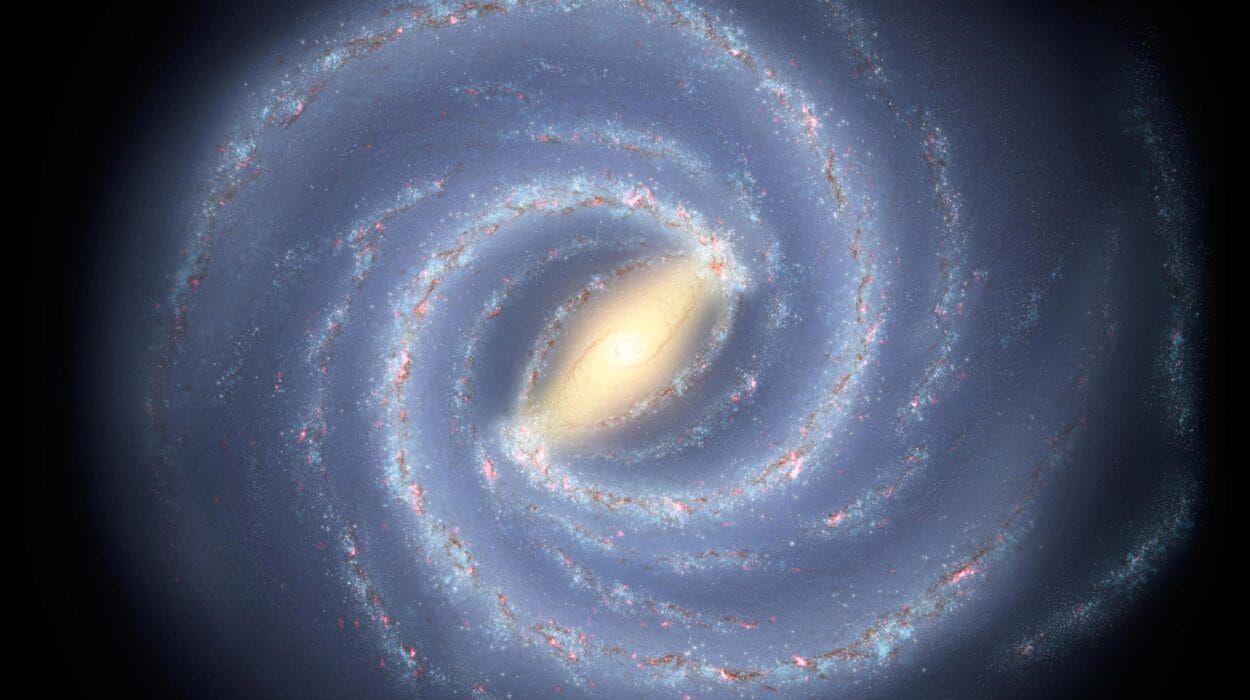In the silent depths of our Milky Way, unseen to the naked eye, rivers of ancient starlight wind their way through the darkness. These are stellar streams—ethereal trails of stars left behind when globular clusters and dwarf galaxies are torn apart by the immense gravitational forces of the Milky Way itself. For astronomers, these delicate cosmic threads are not merely beautiful relics; they are keys to unlocking the deepest mysteries of our galaxy’s history and structure.
Now, in a remarkable leap forward, astronomers using the European Space Agency’s Gaia satellite have discovered 87 stellar streams associated with globular clusters—dense, spherical collections of ancient stars orbiting the Milky Way. This finding, led by Yingtian Chen and her team at the University of Michigan, doubles the number of known globular cluster stellar streams and provides an unprecedented window into the dynamic evolution of our galaxy.
The results, published on October 16 on the arXiv preprint server, are a striking testament to how modern technology and data-driven astronomy are revolutionizing our understanding of the cosmos.
The Ghostly Trails of Globular Clusters
To grasp the importance of this discovery, it helps to understand what stellar streams are—and what they represent. Globular clusters (GCs) are among the oldest structures in the Milky Way, containing hundreds of thousands of tightly bound stars formed in the early epochs of galactic evolution. Over billions of years, as these clusters orbit the galaxy, they experience the tug of tidal forces—gravitational stretching caused by the galaxy’s massive disk and dark matter halo.
These forces gradually strip stars from the clusters, forming long, filamentary trails that trace the clusters’ orbital paths through space. What remains is a kind of stellar “fossil record,” a living map of the gravitational interactions that shaped our galaxy over cosmic time.
Each stream tells a story: where its cluster was born, how it moved through the galaxy, and how it was ultimately pulled apart. Collectively, these streams reveal the hidden architecture of the Milky Way, including the elusive distribution of dark matter, the invisible substance thought to make up most of the galaxy’s mass.
Gaia: The Cartographer of the Cosmos
The Gaia satellite, launched by the European Space Agency in 2013, is one of the most ambitious astronomical missions ever undertaken. Its mission is simple in concept but vast in scope: to map the precise positions, motions, and brightness of more than a billion stars in our galaxy.
By measuring the tiny shifts in stars’ positions—known as parallax—Gaia has provided an extraordinarily detailed three-dimensional map of the Milky Way. This data allows astronomers not only to study individual stars but also to identify large-scale patterns, such as stellar clusters, streams, and remnants of ancient galactic mergers.
For Chen and her colleagues, Gaia’s treasure trove of data provided the perfect foundation for a new kind of exploration—one driven by algorithms rather than telescopic observation.
The Power of “StarStream”
To uncover faint and complex stellar streams that traditional methods might miss, the research team employed an automated detection algorithm called StarStream. This system analyzes the positions and motions of stars in Gaia’s dataset, searching for subtle alignments that suggest the presence of a disrupted cluster or galaxy.
What makes StarStream exceptional is its ability to recognize not just simple, linear streams but also irregular or “dynamically hot” ones—streams whose stars move in more chaotic or misaligned ways. These irregular structures often escape visual detection, blending into the dense stellar background of the Milky Way.
“The high detection quality makes StarStream a powerful tool to uncover GC streams that may have been missed by previous methods,” the researchers note. Indeed, StarStream’s precision has more than doubled the number of known globular cluster stellar streams, transforming our picture of the galactic halo.
The Discovery: 87 New Stellar Streams
Chen’s team identified 87 stellar streams associated with globular clusters—34 of high quality and 53 of lower quality, depending on how clearly they could be distinguished from the background. Even the high-quality sample alone represents a historic leap, doubling the previously known number of GC streams.
These newly discovered streams vary widely in shape, density, and alignment. Some stretch across vast distances, thin as silk threads; others appear more compact or irregular. In several cases, the observed streams are surprisingly short or wide, or even misaligned with their clusters’ expected orbital paths.
One particularly striking example is the stream of NGC 4147, which appears almost circular—a “blob” rather than a narrow ribbon. This peculiar geometry challenges traditional assumptions that stellar streams should always be elongated along their orbital paths.
Such irregularities, the researchers suggest, may arise from the complex gravitational interactions between the clusters and the Milky Way’s dark matter halo. These findings hint that our galaxy’s invisible structure may be far more intricate than previously believed.
A Window into Galactic Evolution
Each of the 87 newly detected streams provides a unique window into the Milky Way’s long and turbulent history. By analyzing their distribution, astronomers can trace how globular clusters have evolved and interacted with the galaxy over billions of years.
One crucial finding from the study is that the mass-loss rate—the rate at which stars are stripped from their parent cluster—varies dramatically. Most clusters lose mass at rates between 1 and 100 solar masses per million years. Intriguingly, there appears to be no strong correlation between this rate and other cluster properties, suggesting that the process of tidal disruption depends on a complex interplay of orbital geometry, galactic tides, and internal dynamics.
These measurements help astronomers reconstruct the life cycles of globular clusters and the conditions that lead to their gradual dissolution. Moreover, the orientation and motion of the streams provide clues about the shape of the Milky Way’s dark matter halo, which remains one of astrophysics’ greatest enigmas.
The Dark Matter Connection
Perhaps the most profound scientific implication of this discovery lies in its potential to illuminate the nature of dark matter. Stellar streams act like test particles moving through the gravitational field of the galaxy. By studying their distortions, gaps, and density variations, astronomers can infer the presence of small-scale dark matter structures—so-called subhalos.
These subhalos are predicted by the leading theory of cosmic structure formation, known as the ΛCDM (Lambda Cold Dark Matter) model, but have yet to be directly observed. If stellar streams show small, localized disruptions, they may provide the first indirect evidence for these invisible lumps of dark matter.
In other words, by mapping the faint trails of ancient stars, astronomers can effectively trace the invisible skeleton of the universe. Each disrupted globular cluster becomes a probe—a silent witness to the gravitational forces that sculpted the Milky Way’s hidden architecture.
Rethinking What a Stellar Stream Looks Like
The new catalog of stellar streams also challenges long-held assumptions about their appearance. Traditionally, astronomers imagined them as thin, graceful arcs tracing their progenitors’ orbits. But many of the newly discovered streams are wide, short, or irregular, suggesting more complex dynamics at play.
Some streams may have been heated by past gravitational interactions, making their stars move more chaotically. Others may reflect unique orbital paths or differences in the clusters’ internal structure. The case of NGC 4147’s near-circular stream exemplifies how tidal forces and orbital evolution can create unexpected forms.
These findings underscore the importance of automated, physics-based modeling like StarStream, which can detect subtle, non-linear structures that human observers might overlook. They also remind us that the Milky Way is not a static, orderly system but a living, evolving galaxy—shaped by billions of years of motion, collision, and transformation.
The Broader Cosmic Context
Beyond the Milky Way, similar stellar streams have been observed in other galaxies, such as Andromeda. Each discovery reinforces the idea that galaxies grow and evolve through a process of cosmic cannibalism, consuming smaller systems over time.
Our own galaxy bears the scars of such ancient mergers—fossil remnants of dwarf galaxies and star clusters that once orbited independently before being drawn into the Milky Way’s gravitational embrace. By cataloging and analyzing these stellar streams, astronomers can reconstruct the family tree of our galaxy, identifying which clusters and galaxies contributed their stars to its vast population.
In essence, Gaia’s new map is not just a static image of where stars are today; it is a living narrative of how they got there, stretching back to the dawn of the galaxy itself.
The Future of Galactic Cartography
The discovery of 87 new globular cluster streams is only the beginning. With Gaia’s next data releases and the continued refinement of tools like StarStream, astronomers expect to uncover many more faint and intricate stellar trails. These discoveries will help refine our models of galactic formation, the role of dark matter, and the fate of star clusters over cosmic time.
Future missions such as the Vera C. Rubin Observatory’s Legacy Survey of Space and Time (LSST) and ESA’s planned Euclid mission will complement Gaia’s work, providing even deeper and wider observations of the night sky. Together, they will allow astronomers to construct a truly three-dimensional, time-evolving picture of our galaxy—revealing how the Milky Way breathes, rotates, and grows.
More information: Yingtian Chen et al, StarStream on Gaia: Stream discovery and mass loss rate of globular clusters, arXiv (2025). DOI: 10.48550/arxiv.2510.14924
